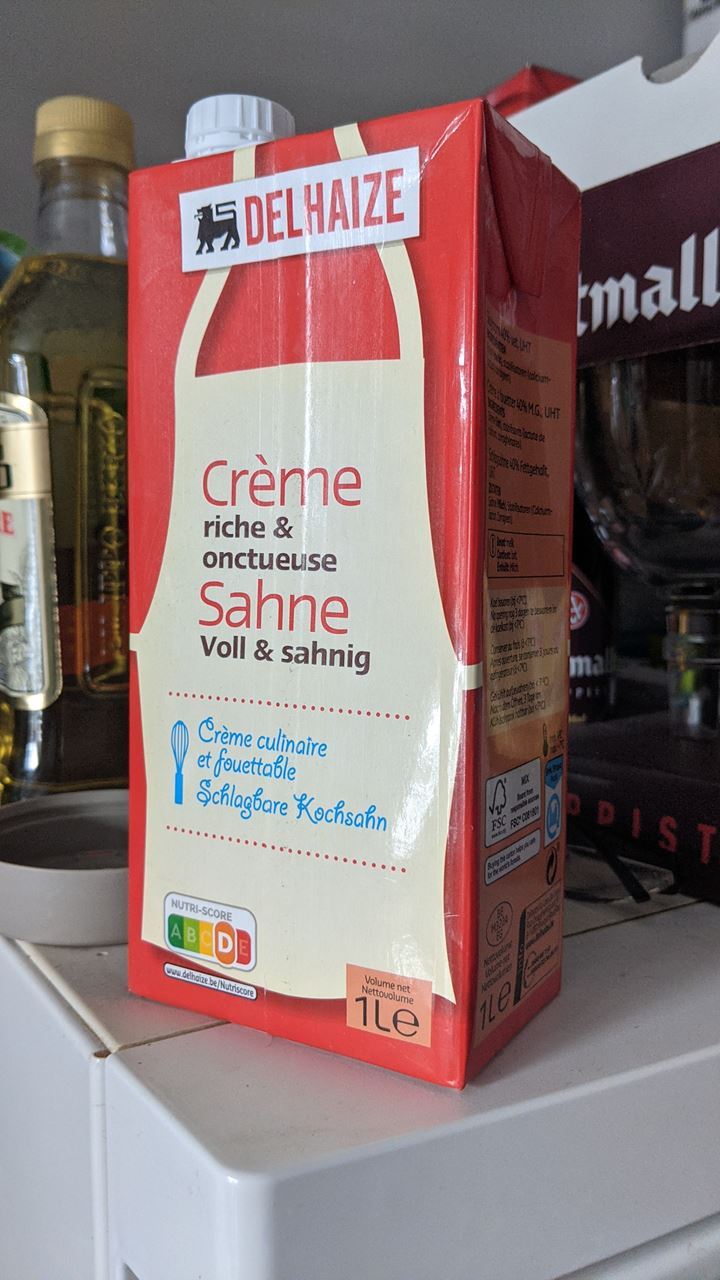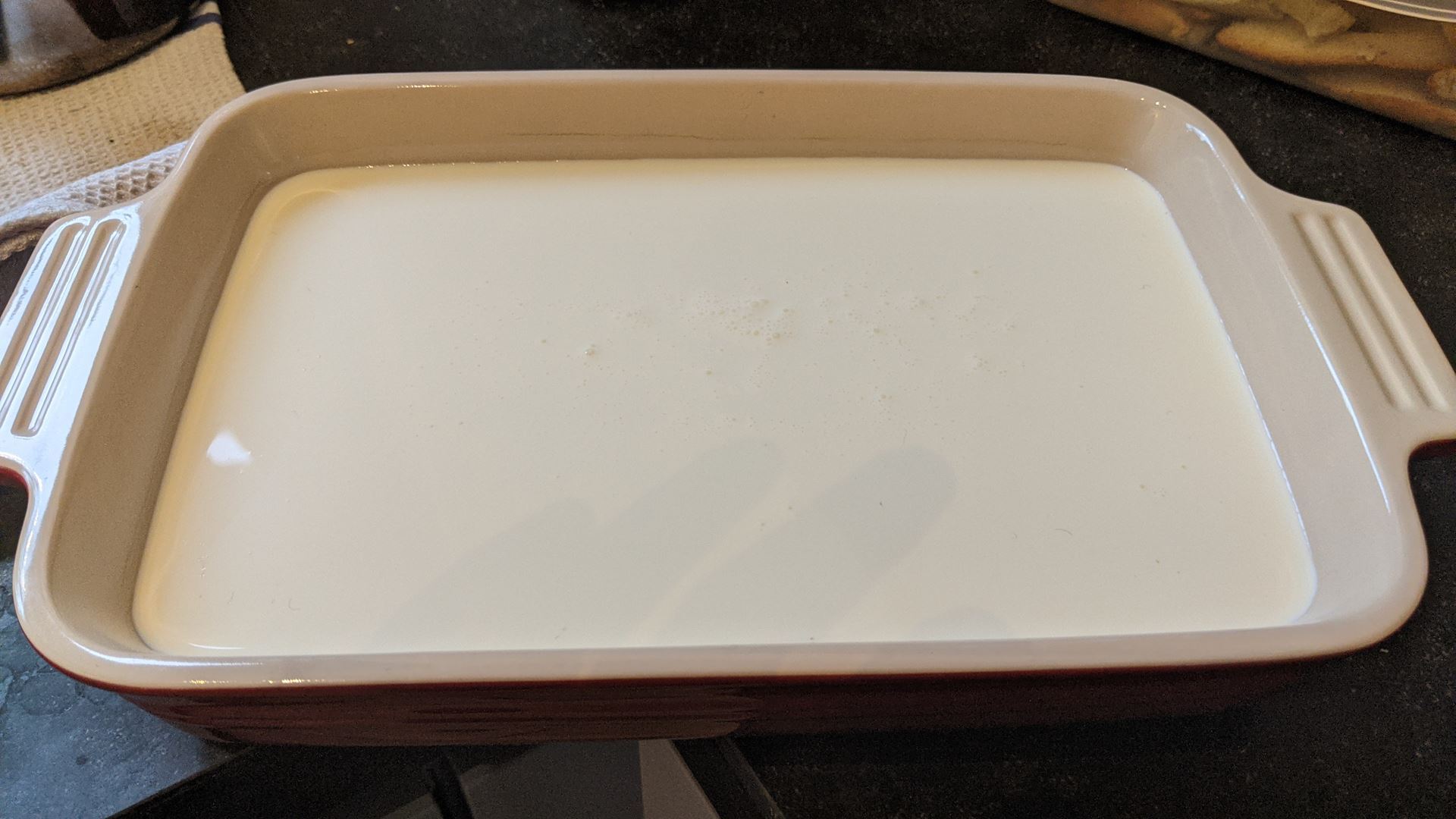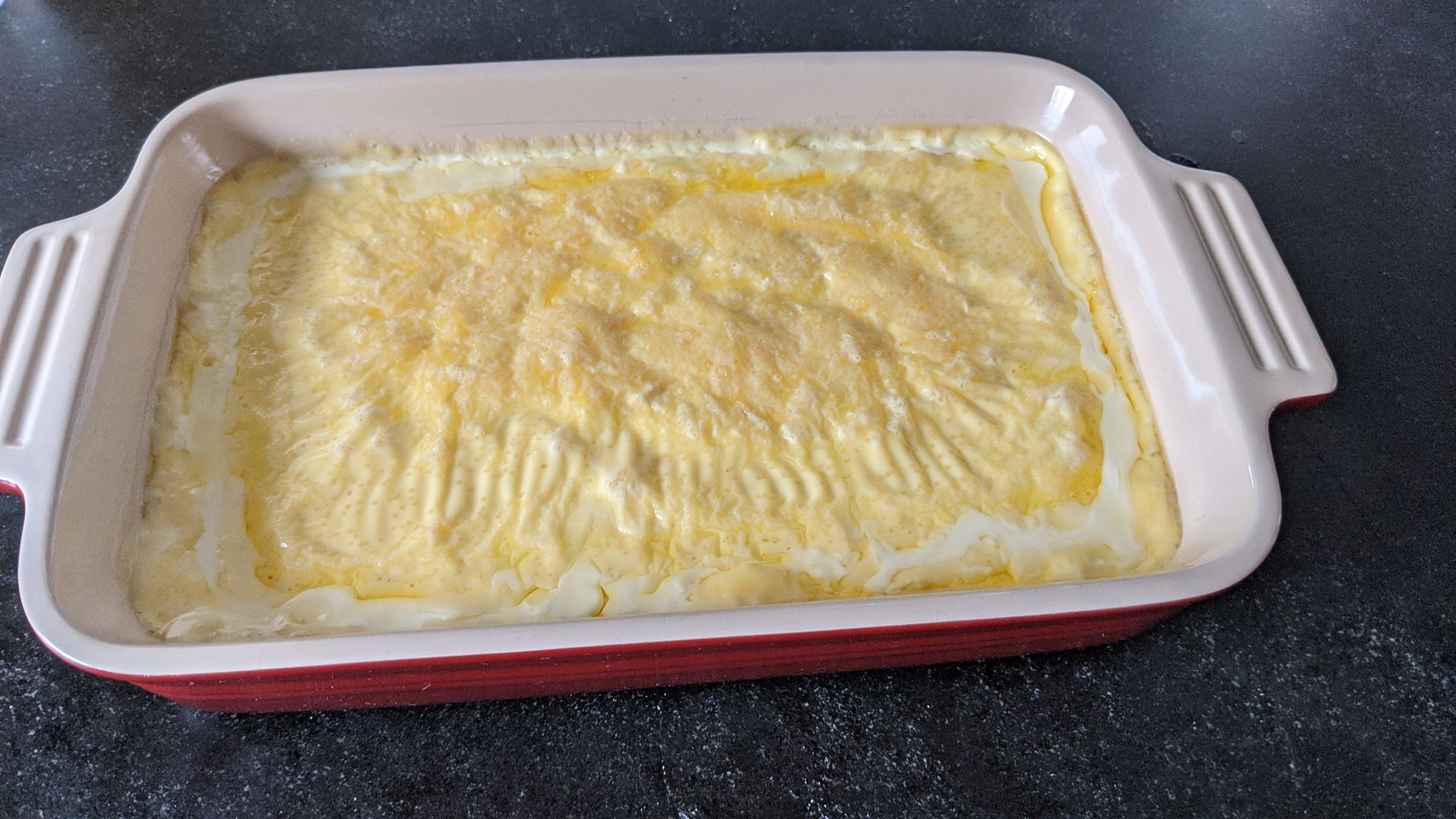Welcome one and all to the BBCA’s 2021 festive thematic! Last year various members of the BBCA Council shared some of their favourite winter walks and bike rides. This year we are turning to some favourite bakes and recipes. Kicking off the series of articles, Tim Reynolds shares his method to clot cream – yes even Belgian cream!
With supply chains well and truly up the creek in the immediate post-Brexit transition we all faced some serious obstacles to obtaining supplies of traditional UK delicacies in Belgium. Over the years, the Lee Reynolds household has managed to wean ourselves off many items or discovered acceptable continental alternatives.
But for some consumables that is just not possible. One is leaf tea that actually makes a real strong cuppa. A second is the traditional Pork Pie – any news on a reliable source gratefully received. And the third is Cornish (or you may substitute your favourite British Isles regional variation here) Clotted Cream.
However, I have found that you can make your own! It is fairly long-winded, but you do end up with a reasonable 'dollop' of definitely clotted cream.
Ingredient(s)
There is just one ingredient: one (1) litre (or whatever you can get your hands on) of 'double' cream (or your local equivalent).
Now double cream is also not so easy to find in Belgium / Europe and most of it is UHT treated. I had been reliably informed by a reputable food scientist that cream that has been Ultra-High Temperature (UHT) processed will not clot - but I thought I'd give it a go anyway.
The cream I use is from my local Delhaize store (see below) that has between 35 and 40% fat content (depending on the volume bought: 200ml declares 35%, while the one litre tetra Pak declares 40% despite having identical packaging).

It is described as creme culinaire et fouettable (i.e., whippable) and is stored in the chiller cabinet but has also been UHT treated. In the US I think it would be described as 'heavy' cream. All Belgian supermarkets should have an equivalent. If you can get cream that has been pasteurised but not 'UHT'd' - then the method may work even better.
Method
Take your cream and place it in a largish shallow ovenproof dish. The cream should be no more than a few centimetres deep (see below).

Then you need to 'slow cook' your cream at 80 degrees centigrade for around 8-10 hours (lower for longer if you can). Overnight is about right.
The cream will form a crust (see below). After the low, slow bake take the dish out of the oven, let it cool and then place the dish in the fridge to chill further.

By 'teatime' it should all be ready. Take the dish out of the fridge and skim/ peel the top clotted layer of cream off and 'modge' it up in a bowl.

Et voila - clotted cream for your jam and scones! Apologies to unbelievers in the audience but we adopt the 'Cornish' cream on last approach to the 'which comes first' cream/ jam controversy. Also butter those scones!

The remaining creamy/ milky stuff can be used as per heavy milk / light cream. However, it is no longer whippable - I know, I tried.
The science bit
As I was a research chemist in a previous life, I think you need to know what is going on here. Cream in milk is usually separated from the main liquid by sedimentation as the fat rises to the top - older British readers will remember the fat at the top of bottles of full fat milk delivered to your doorstep by the local dairy.
To separate even more fat you heat up the cream. By gently heating up the cream you denature some of the milk whey proteins and destabilise the fat bubbles (aka micelles), helping the fat to float to the top of the mass. This is then slowly cooled to consolidate the ‘crust’.
As a lapsed chemist I get a little anxious about yield and mass balances etc. So, I/ you need to know that for every litre of cream in, you should expect 400-450g of clotted cream out, together with around 400-450g of remaining creamy liquid.
Enjoy!